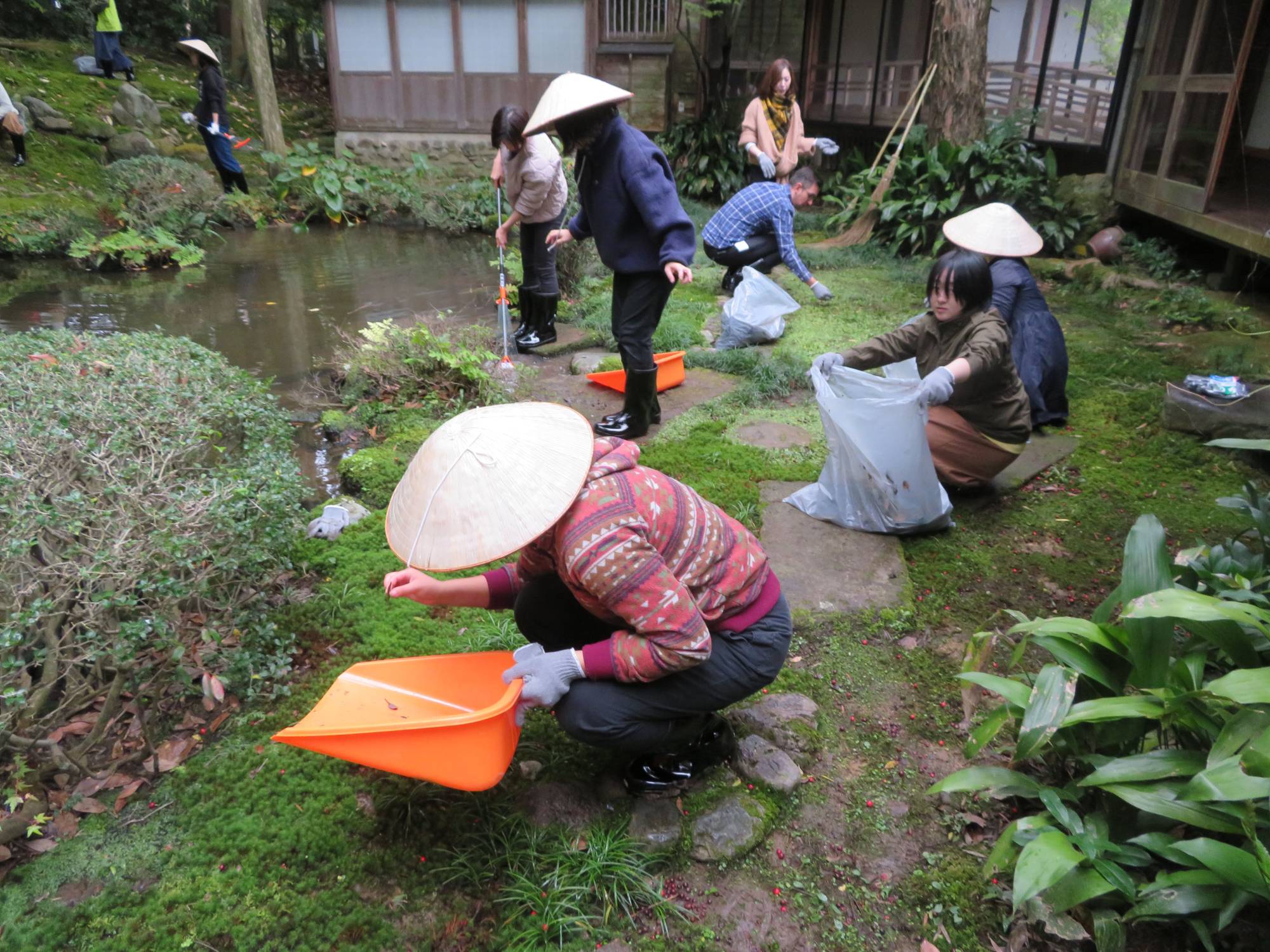Japan’s cities may be typically clad in concrete, but there is one reliable source of verdant life: shrines and temples.
Scientists have found impressive biodiversity in the well-preserved trees, ponds and gardens associated with shrines and temples. And in Kanazawa, privately owned urban gardens were found to contain species of animals, plants and insects that no longer lived in the surrounding mountains and protected wildlife areas outside the city.
This discovery tracks with research in the Amazon rainforest showing that areas of forest managed by Indigenous tribes tend to be biodiversity hotspots. One conclusion: Humans don’t always need to be destructive forces on the environment, and in fact, they can be positive influences on ecosystems.



